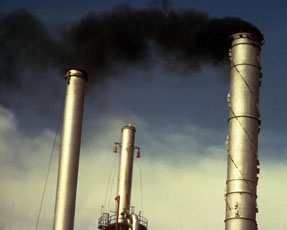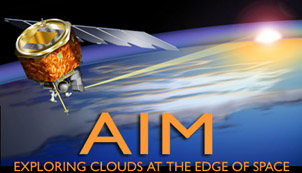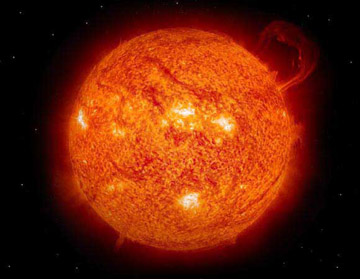Compare Regional Climate Projections Side-by-side
Use the popup menus along the top edge of this interactive (below) to choose a pair of maps to view side-by-side. For example, try comparing:
- temperature change in North America vs. precipitation change in North America
- temperature change in South America as compared to temperature change in Africa
Credits: Images courtesy of the IPCC (AR4 WGI Chapter 11 Supplementary Materials figures S11.5 through S11.20).
These maps depict projections of future climate in various regions of the world. You may choose from eight different regions, and can display either changes in temperature or changes in precipitation.
These projections represent averages from 21 different climate models. They show how much change is expected near the end of the 21st century as compared to late 20th century values. Specifically, the maps show the projected average values for the years 2080 to 2099 as compared to the average values a century earlier (1980 to 1999).
- The maps showing temperature have a scale running from -1° C. (that is, a decrease in temperature of 1°) to +10° C.
- The maps showing precipitation have a scale running from -50% (a 50% decrease in precipitation) to 50% (a 50% increase in precipitation).
You might also be interested in:

Leaders from the countries of the world are heading to Copenhagen, Denmark in December 2009 to decide how the world will deal with climate change. They will make decisions about how to send less greenhouse
...more
How do you know to pack your bathing suit and sunhat for a trip to a tropical island or pack warm sweaters and coats for a trip to Alaska? If you know a little about regional climates, then you know what
...more
Only a tiny amount of the gases in Earth’s atmosphere are greenhouse gases. But they have a huge effect on climate. There are several different types of greenhouse gases, but they all have something in
...more
Some satellites study Earth from space. Some of them study our atmosphere and weather. Some take pictures of clouds. Others use special instruments to make measurements of temperature, humidity, or the
...more
To figure out what the Earth might be like in the future, scientists need to know how Earth reacts to changes. Models help scientists to better understand how the Earth works and how it will react to climate
...more
Have you ever taken your temperature to see if you are getting sick? Scientists have been taking the Earth's temperature and have found that it is getting warmer. During the past 100 years, the Earth's
...more
The Sun Climate can change if there is a change in the amount of solar energy that gets to Earth. A change in the solar cycle can impact climate. The effect is too small to be the reason that global warming
...more














